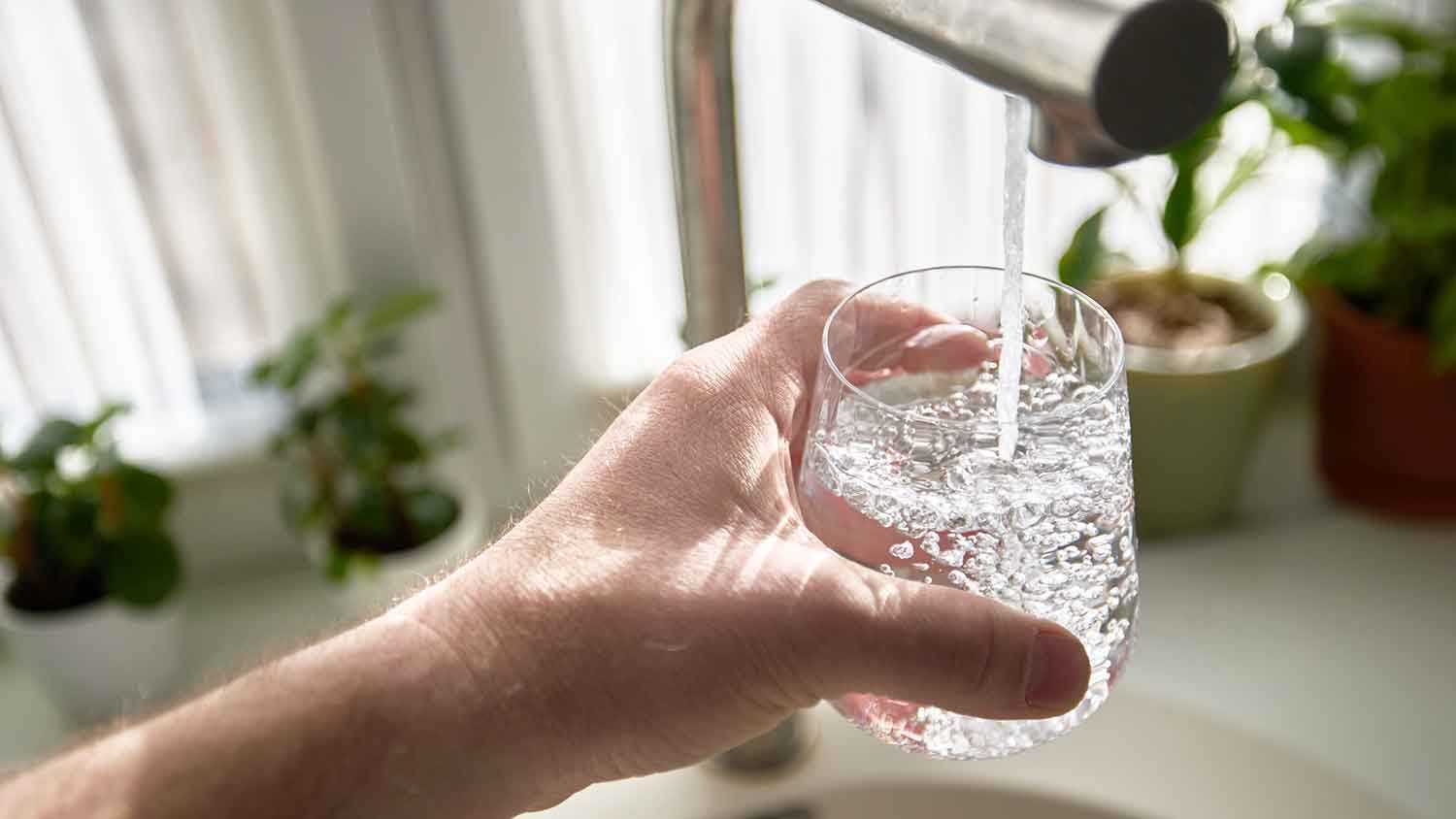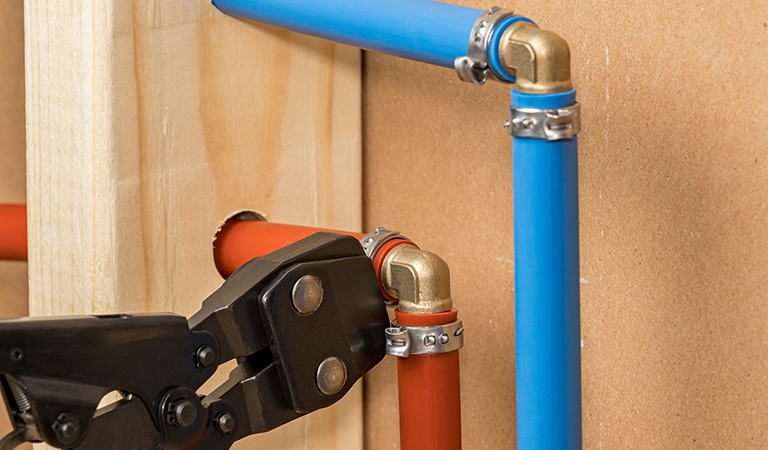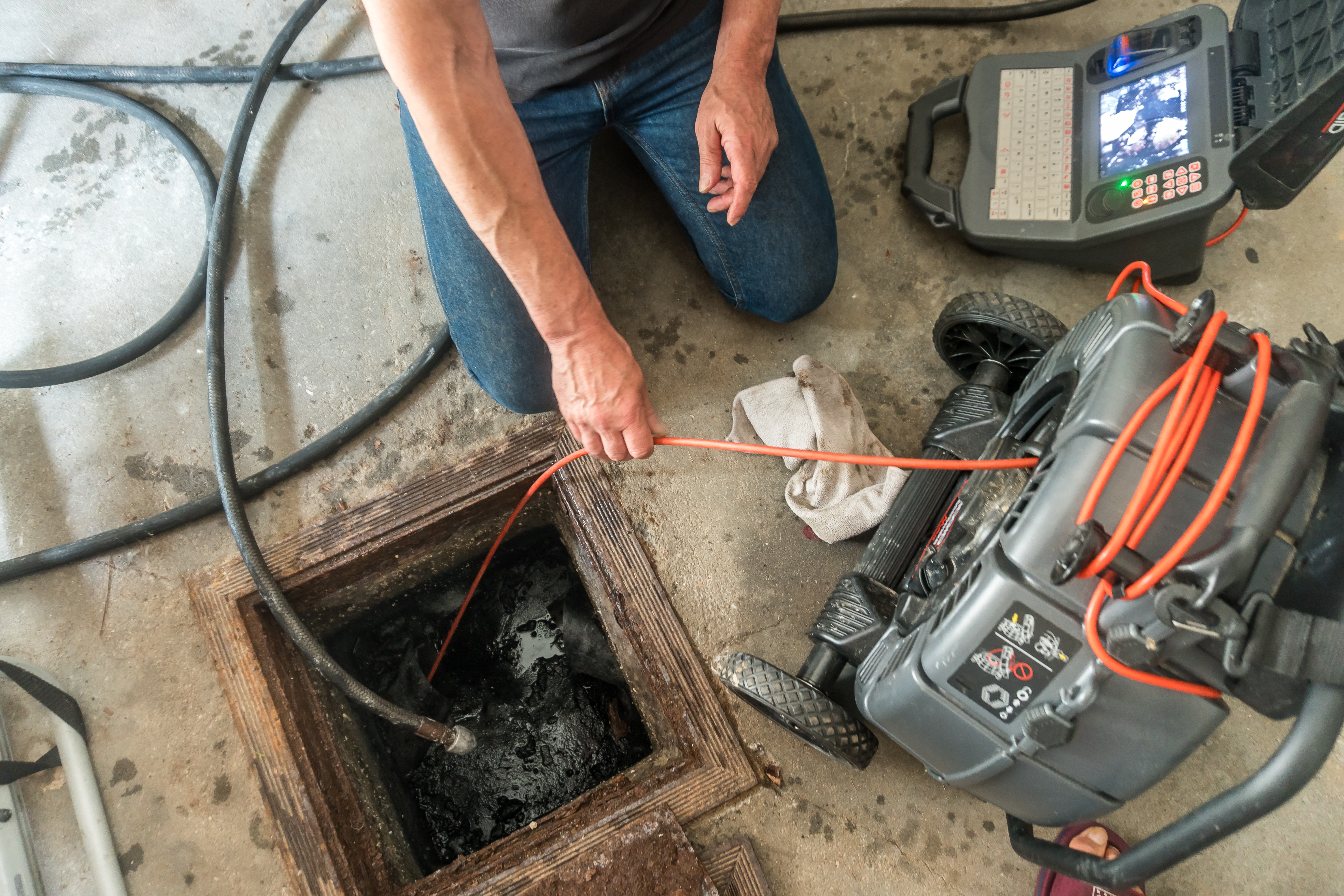
Plumbing inspection costs depend on the issue you’re looking into and the size of your home. Learn what you can expect to pay.
Your water may be cloudy, but the fix is usually pretty clear


Cloudy faucet water is usually caused by harmless air bubbles.
When you pour water into a glass, air bubbles dissipate in minutes.
Other causes include hard water, sediment in your water heater, or methane gas.
In rare cases, you’ll need to filter out total suspended solids (TSS).
If you deal with cloudy water, get your water tested to make sure it’s not harmful.
There are few things more unappealing than taking a sip of water from the tap only to realize it’s cloudy. Thankfully, this issue usually points to harmless air bubbles, but there are a few other causes that could be more serious. This guide will tell you why your faucet is cloudy and what you should do about it, if anything.

Air bubbles are the most common cause of cloudy water coming from your faucet. This can happen naturally if you have a type of water filter that aerates water or if there’s air trapped in your plumbing. You may notice this issue if you’ve had recent plumbing work or if you deal with high water pressure. It may be more prominent in the colder months because cold water tends to hold onto more air.
Air bubbles are harmless, so there’s no need to take action. To make sure that’s what you’re dealing with, fill a glass of water and let it sit. The water should clear completely from the bottom up in a few minutes, almost as if the bubbles are fizzing out of the water.
Some areas have hard water, meaning the water has a higher concentration of dissolved minerals like calcium and magnesium. In this case, the water from your faucet may look cloudy, but you’ll also notice other signs like:
Streaky or cloudy residue on glasses or dishes
Scale buildup on appliances like tea kettles or around your toilet
Stiff clothing after washing
Dry skin and hair
Hard water isn’t harmful to your health, but it can lead to clogged faucets or wear down your appliances. Make sure to clean your faucets and appliances regularly to avoid hard water buildup. If you want to get rid of the hard water completely, you can install a water softener in your home.
If you use a well for water or live near an active fracking site, you may find methane gas in your water supply. Water containing methane isn’t considered harmful to drink, but there are a few risks.
Methane can:
Cause problems with your well pump and water system
Displace oxygen in a confined space
Catch fire or explode in the air (at concentrations between 5% and 14%)
Appear alongside sewage and solid waste that can harm your health
If you notice cloudy water or sputtering from your faucet, it’s a good idea to get your water tested for methane along with coliform bacteria and nitrate nitrogen which appear with waste contamination. If unsafe levels of methane are present, you may need to vent your well or aerate your water. Hire a well and pump technician near you to come up with the right solution.

If your hot water looks cloudy, it may be a buildup of sediment in your water heater. This type of cloudy water will not clear if you leave a glass of water to sit, but it’s not unsafe to drink. The sediment can, however, damage your water heater over time.
Flush your water heater regularly to clear the sediment.
Total suspended solids, known as TSS, are waterborne particles that exceed 2 microns in size. This includes things like sediment, clay, silt, heavy metals, and microorganisms like plankton, algae, and even bacteria. High levels of TSS can pose a health risk to humans and aquatic life.
If you’re dealing with TSS, you may have cloudy, discolored water—for example, the brown water that comes out of pipes when there’s been nearby construction or drilling activity.
If the TSS is due to construction, it should clear on its own. Water purifiers can help if the cloudiness is not severe. For severe cloudiness, you’ll need to call a plumber who can determine the right course of action. They may need to install a multi-level approach.
Most of the time, cloudy water is due to mineral buildup or air bubbles. Hard water will have a slight cloudiness, and you’ll notice scale on your appliances. Air bubbles will dissipate if you let the glass of water sit for a few minutes. In this case, you don’t need to do anything unless you’re dealing with plumbing issues.
Call a local plumber ASAP if your water is discolored (think yellow or brown) or if the cloudiness is a new issue with no obvious cause. Water with serious discoloration can be unhealthy to drink.
From average costs to expert advice, get all the answers you need to get your job done.

Plumbing inspection costs depend on the issue you’re looking into and the size of your home. Learn what you can expect to pay.

The cost to cap a gas line is relatively low, as plumbers can handle the job in roughly an hour. We break down cost factors and DIY considerations.

A leaky faucet can lead to costly water damage and a lot of wasted water. Learn how much it costs to fix a leaky faucet based on type, part and labor.

Is the water pressure in your shower lacking? Here are common solutions to increase it so you can enjoy your showers again.

Discover the average plumbing stack replacement cost, key price factors, and expert tips to help you budget for your home’s plumbing upgrade.

Understand Title 5 inspection costs, including average prices, key cost factors, and tips to save money on your septic system inspection.